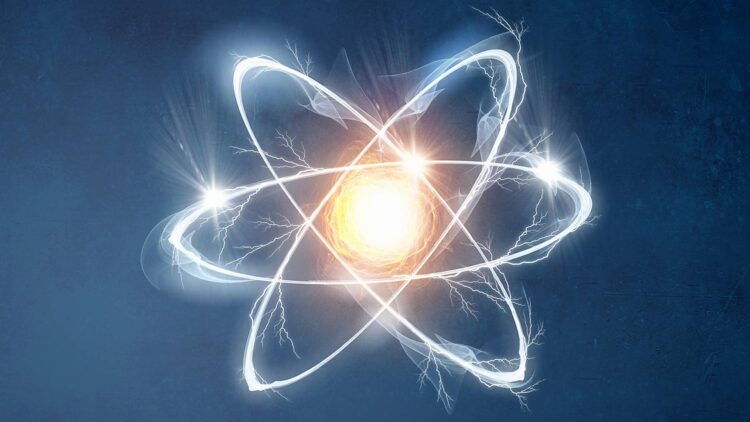We are all familiar with nuclear energy, but while most of us know and have used nuclear fission, there is another source of nuclear energy that is powerful enough to power the Sun, and that is the more complex nuclear fusion. For years now it has been considered the holy grail of energy, as it is clean, safe, and endless, but it comes with a massive drawback, and that is that making it work on Earth is a lot more complicated than it sounds.
Despite being touted as the perfect solution, controlling the process of nuclear fusion is quite complex, but some researchers in the U.S. have made some huge strides and have begun building what you might call an “artificial sun.” Just like its fission counterpart, you need reactors to contain the explosion of energy, and making them strong enough is one of he biggest issues we have come across.
The new reactors that have been created use a device called a tokamak, where plasma is contained inside a vacuum chamber, and there the plasma shoots off high-energy neutrons that slam into the reactor walls. That impact creates helium atoms, which is where the problem begins, as the helium atoms do not just stay immobile, they start making their way into the weak spots in the metal, eventually forming bubbles and cracks that can tear the structure apart.
How a team of researchers fixed the nuclear fusion energy issue
A team of MIT researchers may have solved helium’s destructive tendencies and how to stop them. In 2024, they figured out that by adding just 1% of a ceramic called iron silicate to the metal in the reactor walls, they could actually guide the helium atoms to settle in safer areas, so instead of gathering at the weakest points, the helium spreads out through the ceramic, avoiding that damaging buildup.
Professor Ju Li, who helped lead the project, explained it this way “We want to disperse the ceramic phase evenly in the bulk metal to ensure that all grain boundary regions are close to the dispersed ceramic phase so that we can protect them. The two phases need to coexist so that the ceramic does not agglomerate or completely dissolve in the iron.”
MIT did not just prove the concept theoretically and wait for someone else to build a prototype, they actually developed a powder version of this new metal that can be used with regular 3D printers. This would make it completely accessible and it could potentially be mass-produced, which would make using it for nuclear fusion and other applications in helium rich environments a very strong possibility. They are so sure of the concept that they have even launched a startup focused on bringing this tech to the market.
As Li continued to explain “We have made powders that are compatible with existing commercial 3D printers and are pre-loaded with helium-absorbing ceramics.”
If this works as well as it should and nuclear fusion becomes scalable, it could completely transform how we power our world. We would have at our disposal reactors that use fuel pulled from seawater, produce no harmful emissions, and do not carry the same dangers as traditional nuclear energy.
This new available source of energy has become like all others a race to the finish line, with China also partaking in the competition with a giant laser-powered project. Whoever gets there first will have, for a small window of time the winner of the energy race, until something even bigger and better comes along. But this is still a long way out, as just or now being able to fi a small, if key, issue does not mean that we will be able to harness nuclear fusion energy in a way that is enough to power our world.

